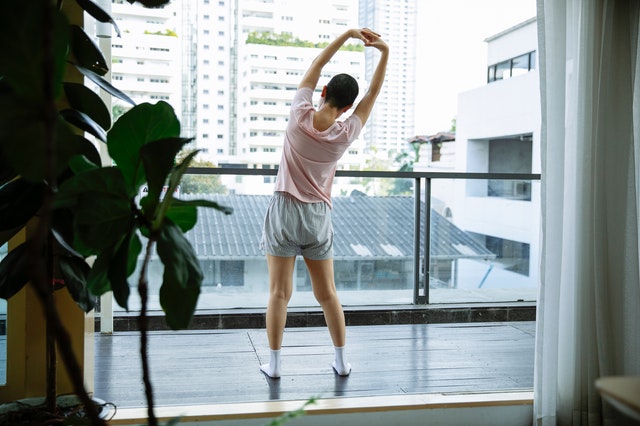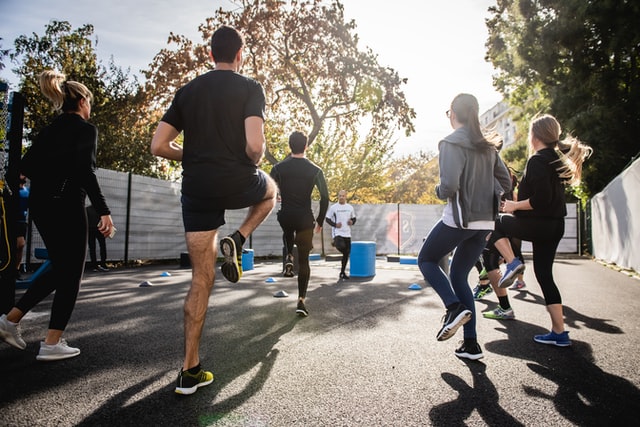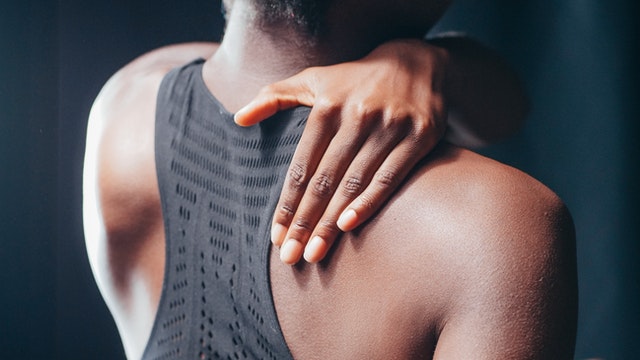There are hundreds of physiological and psychological benefits to exercise but have you heard that exercise can also reduce pain?
There are many proposed mechanisms for why exercise can reduce pain in healthy populations as well as those managing long standing pain and stubborn muscle tightness. In a recent study assessing the benefits of exercise in people with long standing low back pain, 33 different mechanisms were reported. The study categorised these mechanisms into 5 main categories, from most common to least:
Neuromuscular:
This refers to exercises that reset your posture, change your usual movement patterns and increase the endurance of weakened muscle groups . Such exercises may decrease the incidence of low back pain.
Psychosocial:
Tailored exercise can address pain-related fear, anxiety, perceived pain and kinesiophobia (a. fear of pain due to movement). Such factors all relate to reduced pain and disability.
Neurophysiological:
Exercise creates hormonal and chemical changes to the body. This has an effect on our pain gating mechanisms. An example of this is the increase in endorphins and serotonin following exercise.

Cardiometabolic:
An improvement in aerobic fitness has been correlated with a decrease in pain.
Tissue healing:
Tissue healing is the least common mechanism, however, it has been proposed that exercise can lead to an increase in blood flow and nutrients. It has been shown that this helps to accelerate the healing process. This mechanism can, however, be impaired in people with long-standing pain. (Wun et al., 2021)
We also often experience a decrease in pain sensitivity during exercise and approximately 30mins post exercise. A complex hormonal response to exercise, known as “Exercise induced hypoalgesia”, is responsible for this pain reduction. (Rice et al., 2019).
Exercise-associated risks:
Although exercise promises us a multitude of benefits, it does come with some risks to be aware of. An increase in pain during and after exercise often puts people off exercise. Many people will question whether this is actually harmful rather than beneficial. This is often the case if you are new to exercise, are de-conditioned or are looking for a quick fix. Here are two common examples of how we might expect exercise to increase your pain. Note that they both occur only temporarily and do not result in further harm or injury.
- Flare ups: a transient increase in pain, unrelated to further damage or worsening of condition. Flare ups often feel like muscle cramps, spasms or shooting pain that does not involve harm or further injury to the body.
- Delayed onset muscle soreness (DOMS) – a pain that feels like muscle aching or stiffness and often starts within 24-48 hours post exercise. DOMS usually lasts approximately 48 hours. Soreness is reduced faster by continuing exercise at a manageable intensity.

I hope this has motivated you to continue on your exercise journey or has given you a new insight into some benefits of exercise. If you feel you need further guidance on how exercise might help you manage pain or muscle tightness, book in to see one of our Physiotherapists.
~ Chee Yan Ting
Physiotherapist
Related PMPP blog posts:
- https://portmelbournephysio.com.au/exercise-motivation/
- https://portmelbournephysio.com.au/mental-health-and-exercise/
- https://portmelbournephysio.com.au/pain-the-good-and-the-bad-2/
- https://portmelbournephysio.com.au/doms/
References:
- Rice, D., Nijs, J., Kosek, E., Wideman, T., Hasenbring, M. I., Koltyn, K., Polli, A. (2019). Exercise-Induced Hypoalgesia in Pain-Free and Chronic Pain Populations: State of the Art and Future Directions. J Pain, 20(11), 1249-1266. doi:10.1016/j.jpain.2019.03.005
- Wun, A., Kollias, P., Jeong, H., Rizzo, R. R., Cashin, A. G., Bagg, M. K., … & Jones, M. D. (2021). Why is exercise prescribed for people with chronic low back pain? A review of the mechanisms of benefit proposed by clinical trialists. Musculoskeletal Science and Practice, 51, 102307.

